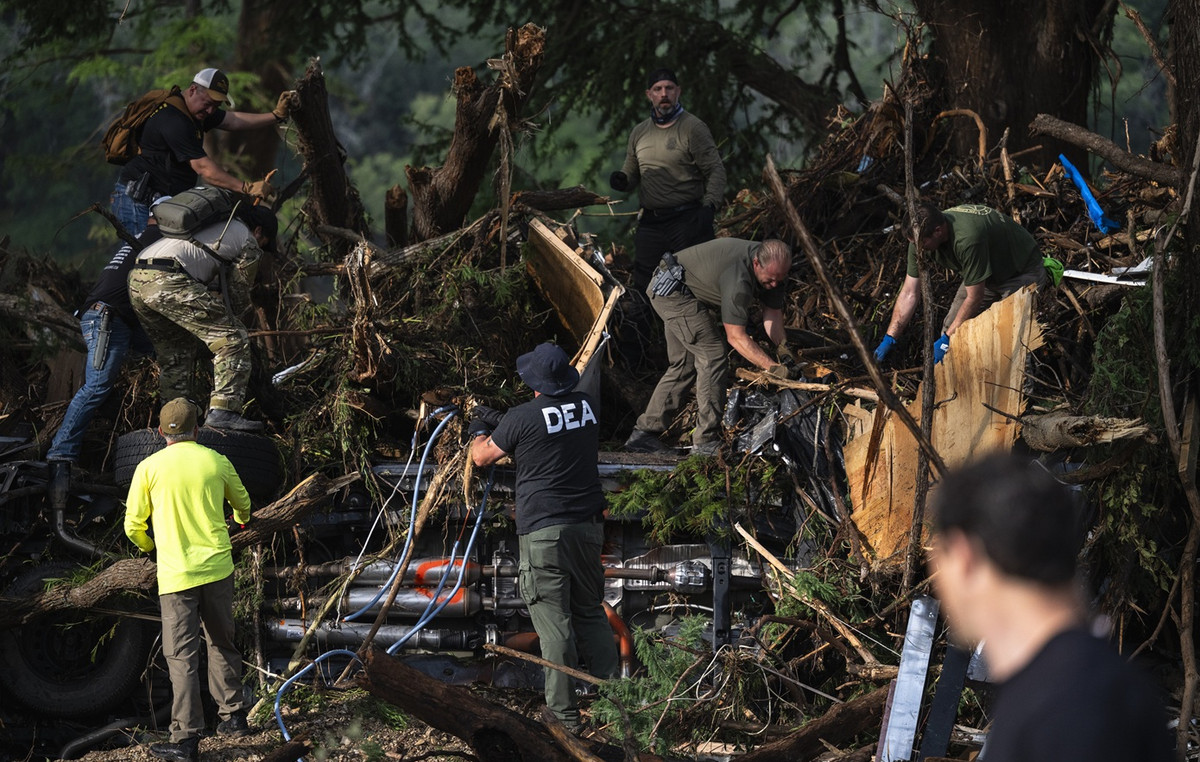One team of scientists detected that what they previously thought was just a point of light seen by Hubble Telescope It is really, a giant galaxy . Through the images obtained with the James Webb Telescope (JWST) was found to galaxy Gz9p3 one of the most massive and oldest ever seen.
The discovery surprised scientists when it was identified that it has ten times more massive than the galaxy already found that it would be from the period of “childhood” of the universe . The study published in Nature Astronomy allowed us to learn more about the formation of systems and stars .
With the James Webb Telescope it was possible to see the galaxy Gz9p3 as it was 510 million years after the Big Bang. For comparison, today the universe has 13.8 billion. As rays take time to reach Earth, we can only see the images light years after they happen.
Collision of galaxies
Gz9p3 emerged from the combination of two other systems – which is possible to detect, as two strong points of light are seen in the images. This collision may still be happening, as we are seeing the event from millions of years ago.
“JWST showed the image of a galaxy that presents a morphology typically associated with two interacting systems,” commented researcher Kit Boyett in a article published on the University of Melbourne website.
“When two massive objects come together like this, they discard part of the matter in the process. Observing this discarded content, we can understand that what we observed is one of the most distant mergers ever seen.”
Star composition
Nessa search spectroscopy was used – the study of the relationship between electromagnetic radiation and matter – to understand which elements formed the observed stars. As a result, it was discovered that old and new stars have different compositions.
The oldest ones have already transformed all the Hydrogen they had into Helium and then into heavier elements, called “metals”. Therefore, it is possible to differentiate the age of stars based on their composition.
With this information, scientists found “metals” in Gz9p3 and determined that there, stars age faster than they imagined. The explanation is that galaxies that are isolated in space form stars more slowly and stop this process earlier than others.
In galaxies that are close to each other, like the nova detected by JWST, the elements used to form stars are shared between them. With these materials available, the process is accelerated and the stellar population is increased.
Milky Way
Our galaxy forms stars slowly, as it is currently in a position far from others. The forecast is that the scenario will change when the Milky Way collides with Andromeda, 4.5 billion years from now. With this merger, it is possible for the system to produce stars again more quickly.
For the future, Boyett comments: “These Gz9p3 observations show that galaxies were able to rapidly accumulate mass in the early universe through mergers, with star formation more efficient than we expected.” He added: “This, along with other observations made by JWST, is leading astrophysicists to adjust their models of the early years of the universe.”
Source: CNN Brasil
Charles Grill is a tech-savvy writer with over 3 years of experience in the field. He writes on a variety of technology-related topics and has a strong focus on the latest advancements in the industry. He is connected with several online news websites and is currently contributing to a technology-focused platform.







